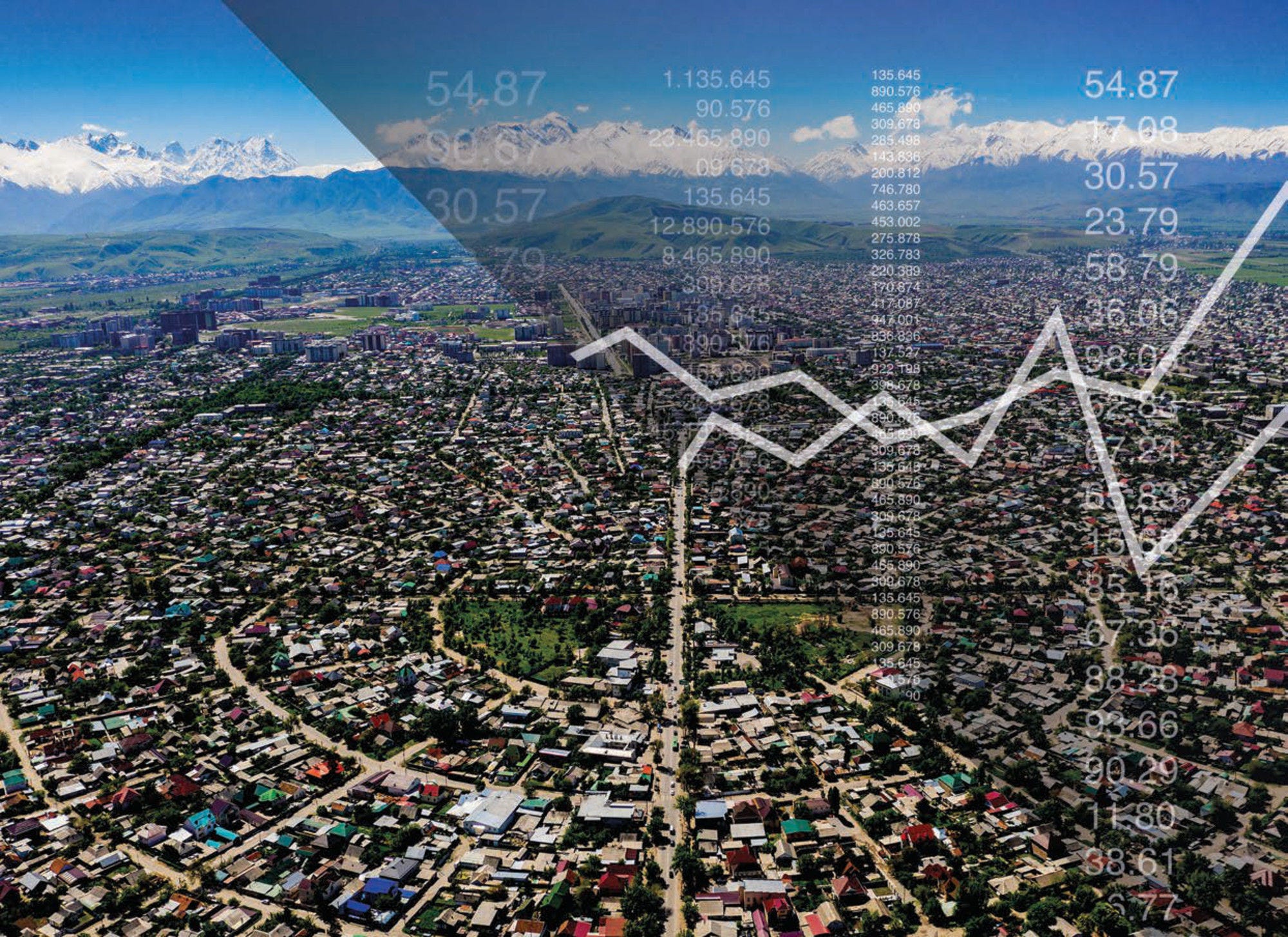Social protection is at the heart of Kyrgyzstan’s development and is a priority of public policy. Pension coverage among today’s elderly is universal and a large number of contributory and non-contributory programmes are in place to cover a wide range of risks. Kyrgyzstan has succeeded in maintaining the entitlements dating from the Soviet era while introducing programmes appropriate for its transition to a market economy. However, severe fiscal constraints have limited the coverage of these new arrangements and their capacity to adapt to challenges such as poverty, pervasive informality and emigration.
Social Protection System Review of Kyrgyzstan

Abstract
Executive Summary
Social protection in Kyrgyzstan covers a broad range of risks, receives a significant proportion of government funding and plays a critical role in alleviating poverty. However, provision is unevenly distributed; expenditure on social insurance is approximately five times higher than spending on social assistance, while social services and labour market policies for vulnerable workers are extremely small. Moreover, important gaps in social protection coverage exist, particularly for the urban poor, young people and the significant numbers of workers employed abroad.
Social protection in Kyrgyzstan has only partially transitioned from the cradle-to-grave system established under the Union of Soviet Socialist Republics (USSR). The Soviet labour market was predicated on full employment, with the result that social protection was almost entirely based on contributory social insurance arrangements, with additional in-kind benefits provided for deserving groups. When the Soviet Union collapsed (and with it Kyrgyzstan’s economy), the social protection system lacked both the resources and the programmes required to protect the population amid a surge in unemployment and poverty in the early 1990s.
Following Kyrgyzstan’s rapid transition to a market economy, targeted social assistance and labour-market programmes were introduced in the late 1990s. However, the resources available to the Government of Kyrgyzstan (GoK) were extremely limited, meaning the new programmes were necessarily very small in terms of both coverage and expenditure. Over the same period, reforms to the pension system were introduced that safeguarded entitlements acquired previously while protecting its future sustainability. The health sector also embarked on a series of major reforms. While these reforms expanded the range of risks covered by social protection, they were not implemented in a coherence fashion, leading to a fragmentation of coverage.
The structure of social protection established by these reforms remains largely in place today. Pension coverage among retired workers is close to universal and pensioners exceed the number of individuals with access to social assistance or labour market policies. Meanwhile, the small scale of social assistance limits its impact in reducing poverty. Although extreme poverty has almost been eliminated, the national poverty rate remained steady at above 30% between 2008 and 2015 then dropped sharply in 2016 to 25%. Poverty rates are highest among young children, which makes the Monthly Benefit for Poor Families with children (MBPF) critically important. The MBPF is the largest social assistance programme by expenditure and coverage, although the number of beneficiaries has fallen over the past decade while benefit levels have increased.
Broader measures of deprivation remain high, especially in rural areas. Where services exist, they are often under-resourced, leading to inadequate outcomes in health and education, for example. Moreover, a large portion of the non-poor population can be classified as vulnerable, meaning a minor income shock can send them into poverty. Upward and downward income mobility has become more pronounced in recent years despite a stabilisation of the political and economic environment since unrest in 2010.
It will not be possible to sustain the current structure of social protection long into the future. The sustainability of the pension system is being eroded as increases in the number of beneficiaries outpace growth in the contributor base. This reflects rapid growth in the rate of informal employment in recent years, as well as high levels of emigration and declining female labour force participation. As a result, the Social Fund (the institution responsible for social insurance) is increasingly reliant on transfers from the Republican Budget to meet its obligations.
Looking ahead, an ever-smaller proportion of today’s workforce can expect to receive a pension in retirement. Although Kyrgyzstan’s demographics are favourable for now, the country is on the cusp of rapid growth in the elderly population; failure to fix structural problems within the pension system will lead to severe problems in the longer term.
The cost of sustaining the contributory system is also making it very challenging to sustain the non-contributory arrangements required to protect and promote the most vulnerable individuals. Analysis shows that social assistance is reaching very few poor households, with those in urban areas almost completely excluded from the MBPF. A process is currently underway to reform state benefits for households with children by combining universal and poverty-targeted support. The likely benefits in terms of poverty reduction have to be balanced against the cost of these reforms.
At the same time, social services for children and other vulnerable groups are under-resourced and under-developed; residential institutions remain the primary form of social service. Local governments bear significant responsibility for providing social services but lack the resources and capacity to do so. Labour market policies suffer from similar resource constraints and do not have a significant impact.
Fiscal space to expand social protection is scarce. Moreover, social protection already receives the largest allocation of any function of government – more than health and education combined – due to the level of pension spending. For social protection to respond to changes in the needs of the population, it will require a rebalancing between social assistance (including social services), social insurance and labour market policies.
These reforms should take place within the GoK’s broader objective of systematising social protection. The process of establishing such a system will be driven by the Ministry of Labour and Social Development (MoLSD), which is responsible for co-ordination of social protection policy. However, the MoLSD’s internal structure is not well aligned to a systemic approach and its collaboration with local government in the delivery of social assistance is undermined by the latter’s lack of capacity and low levels of resources. It is also unable to exert influence over social insurance policy, which remains under the control of the Social Fund.
New information and administrative systems for social protection are under development, most notably the Corporate Information System for Social Assistance (CISSA), which could provide the ideal foundation for a coherent social protection system. Ensuring the functionality and sustainability of CISSA is a priority in the short term, as is linking it to other social protection information systems and registries for the broader population.
In the same series
Related publications
-
 19 November 2024
19 November 2024 -
 4 December 2023
4 December 2023 -
 17 February 2021
17 February 2021











